
Hematology
Latest News
Latest Videos

CME Content
More News
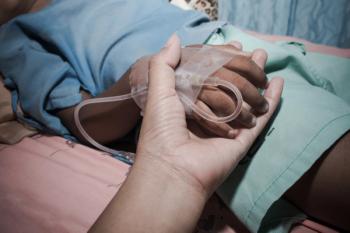
Quadruple therapy for newly diagnosed patients with multiple myeloma (MM) led to significantly longer progression-free survival (PFS), according to an abstract presented at the 17th International Myeloma Workshop 2019 in Boston, Massachusetts, last month.
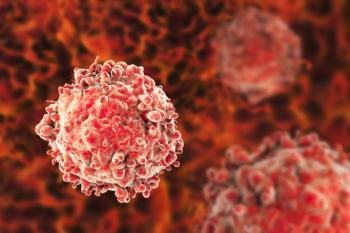
Less than half of Medicare patients newly diagnosed with blood cancer are receiving treatment for their cancer shortly after diagnosis, which may be attributed to the high cost burden they face, according to a new report from Milliman commissioned by The Leukemia & Lymphoma Society.

A recent study identified the pretransplant characteristics contributing to delayed engraftment (DE) following autologous hematopoietic cell transplantation (AHCT).
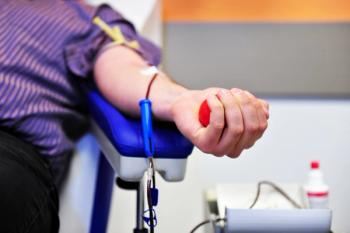
The global blood shortage is unevenly distributed: Out of 195 countries examined in the study, 119 had unmet need totaling more than 102 million units, the equivalent of 1849 per 100,000 population worldwide.

The study found that, on average, it took nearly 2 months or longer for patients of color to receive immunomodulatory drugs such as lenalidomide and/or proteasome inhibitors such as bortezomib and carfilzomib. The use of these therapies has more than doubled survival of patients with multiple myeloma within the past decade.

Declines in global health status and quality of life, physical functioning, fatigue, and pain begin to appear 2 to 3 months before progression of the underlying malignant disease, multiple myeloma researchers said in a new study.

The findings have implications for survivorship care, as more patients are living longer due to the availability of immunotherapies.
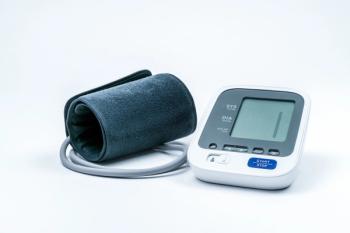
Diagnosis of hypertension was based on guidelines updated by the American College of Cardiology and the American Heart Association in 2017.

A recent study said vacuolization can easily be determined and may be a useful biomarker to predict acute myeloid leukemia risk groups as well as early treatment response rates and survival.
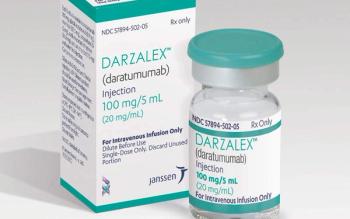
FDA Grants Indication for Daratumumab Plus Combo in Newly Diagnosed Multiple Myeloma With Transplant
The new indication is the seventh overall for the therapy, according to Janssen.

Researchers said Wednesday they created a second-generation chimeric antigen receptor (CAR) T-cell therapy that prevented relapse of lymphoma and leukemia and led to 100% long-term survival in early laboratory studies.
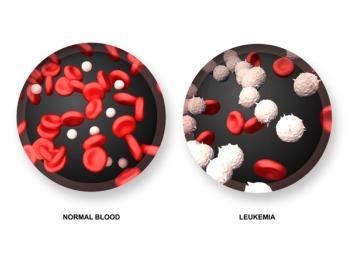
Acute myeloid leukemia is the most common acute adult cancer diagnosed in the United States; 61,000 Americans are living with this disease and more than 10,000 will die of it this year.
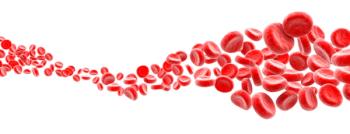
Amgen recently announced early phase 3 CANDOR study data, showing the triple-drug combination of carfilzomib (Kyprolis), along with dexamethasone and daratumumab (Darzalex, sold by Janssen), met its primary end point of progression-free survival in patients with relapsed or refractory multiple myeloma, with a 37% reduction in the risk of progression or death.

Real-world outcomes are important because the populations included in clinical trials rarely reflect the populations actually being treated in the clinic, said Ajai Chari, MD, associate professor of medicine, Hematology and Medical Oncology, Mount Sinai Hospital.

A new liquid biopsy test could detect microsatellite instability and tumor mutational burden, which can distinguish which patients are likely to respond to immune checkpoint inhibitors.
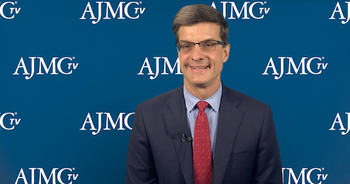
John Fox, MD, MHA, vice president of Clinical Transformation at Spectrum Health, discusses management challenges still facing providers treating multiple myeloma.
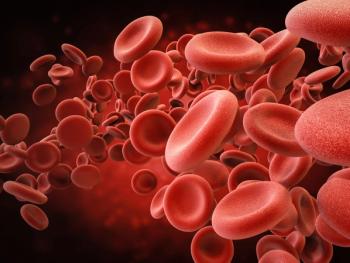
A recent study explored the efficacy of brentuximab vedotin (BV) in patients with high-CD30–expressing non-Hodgkin lymphoma (NHL) to determine who is most likely to benefit.
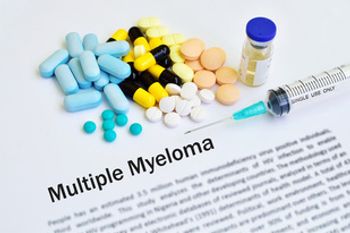
Patients with multiple myeloma (MM) who had disease progression on multiple therapies may benefit from treatment with the oral therapies selinexor and dexamethasone.

With an increase in the use of 3- and 4-drug regimens in multiple myeloma, providers are going to need to communicate the out-of-pocket costs when presenting treatment options so that patients can make an informed decision, explained John Fox, MD, MHA, vice president of Clinical Transformation at Spectrum Health.

Research has shown disparities in multiple myeloma treatment between clinical trials and real-world outcomes, as well as a lot of heterogeneity among treatment patterns by age and region, said Ajai Chari, MD, associate professor of medicine, Hematology and Medical Oncology, Mount Sinai Hospital.

The findings suggest that all patients with monoclonal gammopathy of underdetermined significance should have annual blood testing to monitor whether risk of cancer change over time.

In Latin America, there has been slower uptake of newer therapies to treat multiple myeloma (MM) in public clinics versus private clinics, which has led to disparities in outcomes.
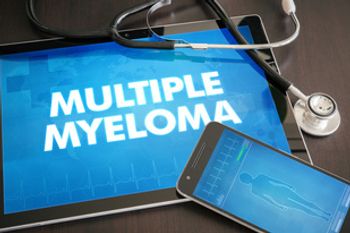
Patients with monoclonal gammopathy of undetermined significance (MGUS), a precursor to multiple myeloma (MM), can progress from low- or intermediate-risk to MM in just 5 years, according to researchers who are now recommending all patients with MGUS undergo blood testing and risk assessment.
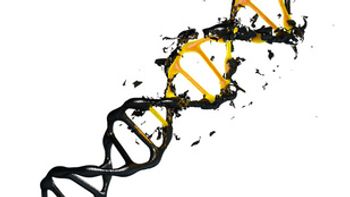
The study's lead author said more work is needed to develop screening protocols for people who may face familial risk of a blood cancer.

Pairing low doses of chemotherapy with newer, targeted drugs can help prevent high toxicity, said Catherine Diefenbach, MD, director of clinical lymphoma at the NYU Langone Perlmutter Cancer Center.























































